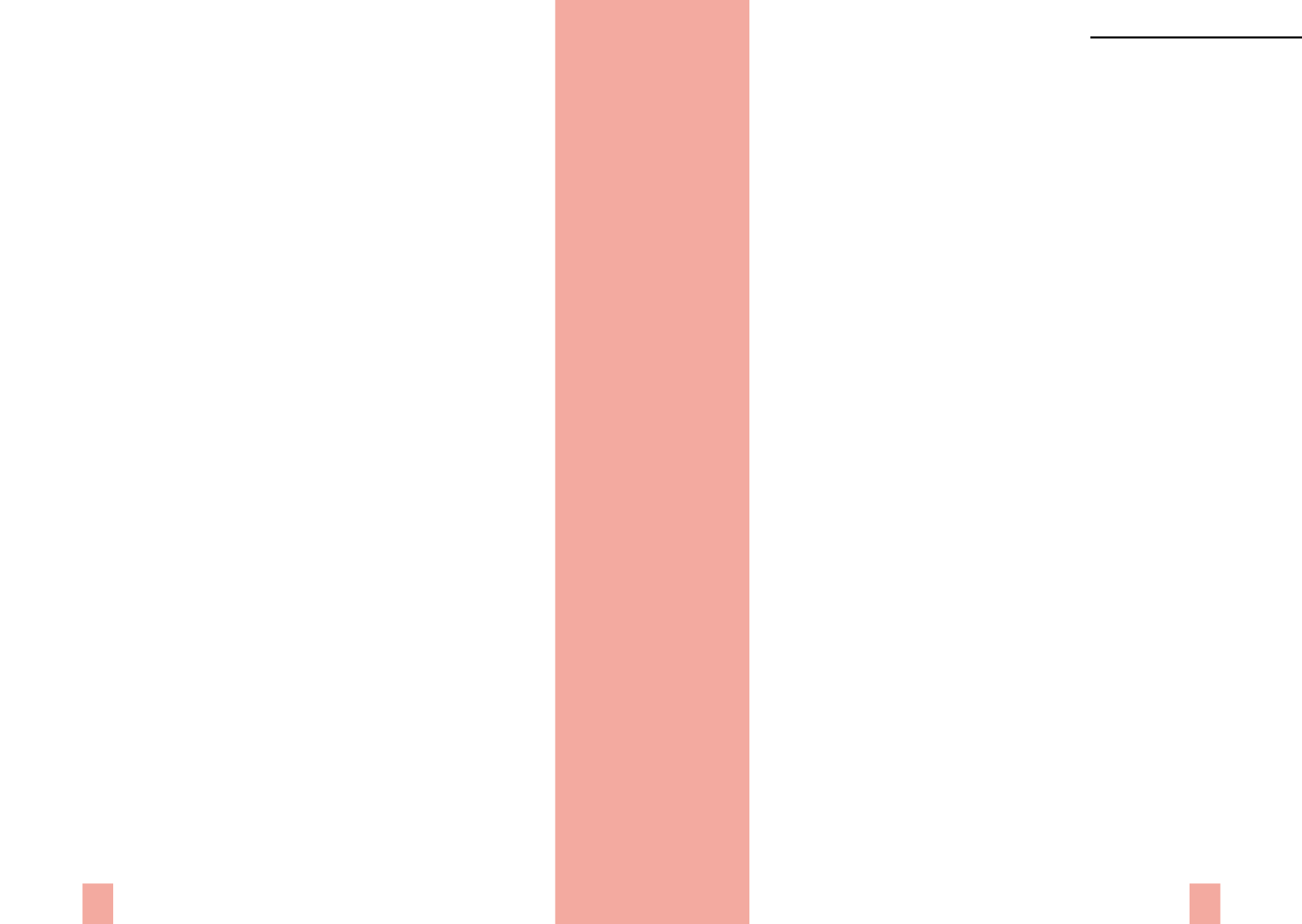

THE SPEAKING BODY
Xth Congress of the WAP,
Rio de Janeiro 2016
509
508
Brousse, Marie-Hélène.
Feminine Know-How Concerning the
Relation: The Three ‘R’s: Ruse, Ravaging, Ravishment
. Trans.: A.
Alvarez [LI 36, 2010]
“The belief in a sexual relation between men and women required the univocity
of the Name-of-the-Father, even if, since Freud (who had already remarked on
it), the analytic clinic of parlêtres went in the opposite direction.”
p. 106-107
Carbonell, Neus.
Failed Encounters with Real
[LCE 2(13), 2014]
“Hopefully, in the best of cases, an analysis will lead the
parlêtre
to be able to use
his or her style of enjoyment instead of suffering from it.”
p. 5
“An analysis does not end with truth, but it has more to do with how the
parlêtre will manage with his or her own jouissance and hopefully will be able to
transform what makes him or her suffer into something satisfying.”
p. 6
Guégu
e
n, Pierre-Gilles.
Note on the Treatment of the Symptom by the
Analytic Act
. Trans.: J.W. Stone [LI 43/44, 2014]
“Lacan’s
parlêtre
, linked to the Freudian unconscious, is not a
pensêtre
, a being
of thought, a being who believes he thinks by himself. The theme of thought as
symptom of the body is an insistent one in the later Lacan; this is particularly
clear when he names this symptom the
appensé
an appendage of the body, of the
belly (
panse
), the shearing of the obsessional.”
p. 45
Hafner, David.
Lacan’s perspective on the drei schwere Kränkungen
and Copernicus’ Circle
[RT 7, 2014]
“We propose, perhaps somewhat at odds with Lacan’s thesis, that, on the one
hand, Lacan and Newton should be grouped together, and on the other hand
Freud and Copernicus. In Freud’s writings, in spite of the discovery of the
unconscious and the dedication to profound research of the enigmas of the
parlêtre
, such as feminine desire … his theories remain classical in so far as they
are often hindered by imaginary dualities. In this light, the comparison between
Freudian and Copernican research is not so unjust.”
p. 152
Holvoet, Dominique.
The Psychotic Subject in the Geek Era,
Typicality and Symptomatic Inventions
. Trans.: F. Shanahan [HB 10,
2013]
“It is the language-organ that makes a subject a
parlêtre
, implying that at the
same time as it gives him being it fobs him off with a having, his body. By
significantizising them, organ-language plies the organs out of the body, which
defined territory and waiting to be accepted, the experience of the treatment
gives the subject an entirely different resonance: it makes of the
parlêtre
a being
of desire.”
p. 126
Brousse, Marie-Hélène.
Ordinary Psychosis in the Light of Lacan’s
Theory of Discourse
(2008), [PN 26, 2013]
“You can say that there is a sexual relation between male and female for example
in the theatre of animal sexual life. But when you come to human speaking
beings, to
parlêtres
, language comes along as an organiser of the social relation
which will give the possibility of a sexual encounter or not. Therefore you
cannot have a proper scientific, biological writing of what the sexual relation is,
as far as speaking beings are concerned.”
p. 25
“You can recognise here the so-called formulas of sexuation which are on the
left side of the table in
Encore
, the masculine way of functioning—not that
women don’t function like that, they do, but it’s masculine in the sense of the
mankind of
parlêtres
, not in the sexual sense. The consequence is that psychosis
is no longer the only psychical organisation related to exception. As long as you
are functioning in that orientation of a complete set defined by the element that
is an exception to that set, psychosis is extraordinary, but when you function in
another logical model, psychosis is no longer extraordinary.”
p. 26-27
“Prohibition and desire are two faces of the same coin, and this is the origin of
sexual meaning which organises all discourse. We speaking beings, we
parlêtres
are obsessed with sexual meaning. We give a sexual meaning to everything.
Lacan takes the example of the Chinese civilisation, with the ying and the
yang
,
showing that you can understand the whole of the human world with this
binary—woman/man, and the sexual meaning that comes with it. Prohibition,
which is linked to the signifier of the Name-of-the-Father founds the sexual
meaning that defines the limits of the symbolic system.”
p. 29
“There is no such thing as a sexual relation for the human being, that’s why there
is a social bond and discourse. You can think of those two formulas as absolutely
equivalent. If we say that for the
parlêtre
there is no sexual relation that can be
written in a scientific way, then you need social relations all the more, you need
discourse, the semblant. There is no sexuality without enunciations, words,
literature, opera. Therefore, when you don’t have the sexual relation, you’ve got
discourse.”
p. 30
Authors of the Freudian Field



















